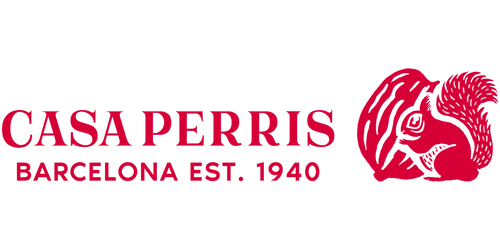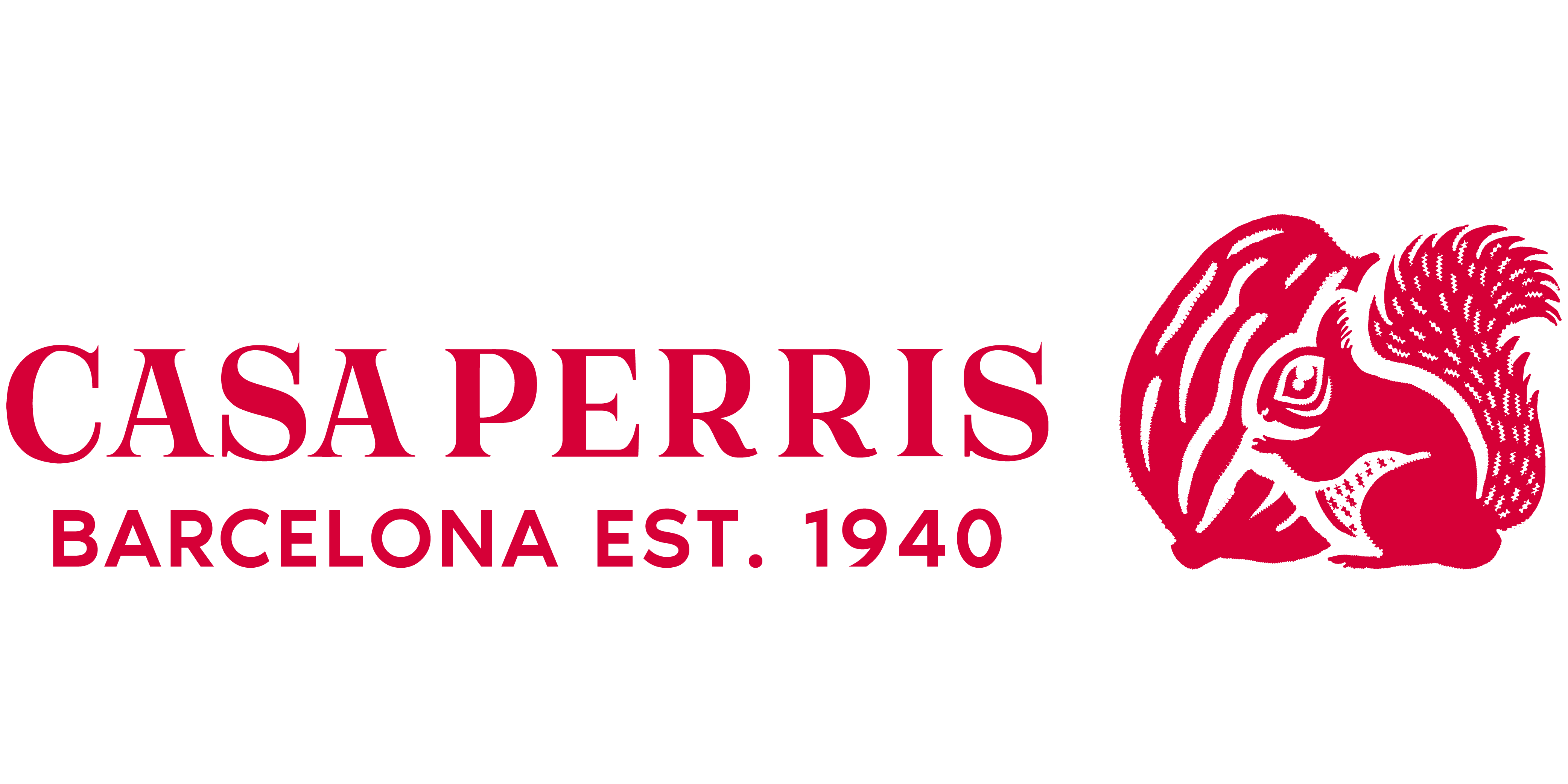Flour is a term that derives from the Latin ''farina''. It is defined as a fairly fine powder that comes from grinding either a cereal, legumes or even animal parts such as bones . Over the years, the milling technique has gone from being somewhat rudimentary to increasingly specialized. Animal traction, the force of water and wind have been used as a source of energy, evolving and incorporating specialized electrical machinery until a suitable standard for grinding suitable for human consumption is found.

Flour is an essential food and combined with sugar, salt and other products they make perfect combinations to create basic foods in our daily diet. The best-known cereals are: wheat, corn, rice, rye, barley, oats or quinoa and you can also obtain flour from dried legumes such as chickpeas or soybeans and also from seeds such as acacia. . Let's look at the characteristics of the main consumer flours.
Types of flour of plant origin
There is a wide variety of flours of plant origin from cereal and legume sources, among which we can highlight the following:
Flours of vegetable origin from cereals
1. Wheat flour
It is the most common flour in the world, which can be classified into three main types of flour: strong, soft and refined. In Spain, like some parts of Latin America, wheat flour has a nomenclature to differentiate its classification by seeing the number of zeros it has, for example:
- Strength flours It is made from the wheat harvest in spring, they are identified with 0 and 00 in their nomenclature, they are also known as durum wheat flour, since it has between 11.5% and 13.5% gluten proteins per 100 grams. They are characterized by absorbing a considerable amount of water and are ideal for preparing breads and cake doughs, among the most common.
- Soft flours They are made from winter wheat, their nomenclature is 000, it is ideal for making pizzas or doughs that require yeast. They are considered "normal" flour. and generally need to rest because they have a greater amount of gas in their composition, consequently it is a flour that expands when it is left to rest, strengthening its structure and volume.
- Refined flour Its nomenclature is 0000, considered a very refined flour, ideal for making cookies, doughs and cakes.
2. Whole wheat flour
Whole grain flours are considered to be the product obtained from the grain in its entirety , without discarding anything. That's where its slightly darker color comes from, because it contains a number of impurities, but healthy ones, such as wheat husk. There are varieties of whole wheat flour, for example and among many others:
to. Whole wheat spelled flour b. Whole rye flour c. Integral flour the weath
The whiter the flour, the more refined it is in its process.
3. Corn flour
It is a very common type of flour in South America, considered an essential ingredient in dishes such as corn tortillas, among which arepas stand out the most. It has a great advantage over the others for the celiac community and that is that it is gluten-free .
YOU MAY BE INTERESTED: GLUTEN-FREE FLOURS, THE MOST RECOMMENDED!
4. Tritordeum

It is a new variety of hybrid cereal , a product of the combination of durum wheat with the variety of wild barley, promoted through studies developed by the Higher Council for Scientific Research (CSIC). Tritordeum is the first hybrid cereal with a Spanish seal to be included in human nutrition. This cereal is low in gluten, and its organoleptic qualities are considered healthy.
5. Rye flour
It is a very popular flour in the world due to its recognized properties, highlighting vitamins and minerals, and for the industry, it is very attractive because it can be baked.
6. Oatmeal
It is used in the preparation of porridge, creams, cookies and cakes. In its integral version it is ideal for losing weight, thanks to its generous amount of soluble fibers and its exceptional nutrients such as vitamins, minerals and antioxidants.
Flours of vegetable origin from legumes
1. Chickpea flour
It is a type of flour used mainly in Hindu cuisine, however its spread has reached a large part of the Mediterranean, it is very nutritious and pleasant to taste.
2. Soy flour

It is used to make sliced bread and to add flavor. In addition to being a nutritious food, it is used in the preparation of salads, stews and soups.
Tips for using flour
- Before starting to use any flour, it is recommended to sift it, this will help eliminate the lumps that form inside the packaging.
- Among the types of 00 nomenclature flour, the gluten content may vary depending mainly on the manufacturing brand.
- Each type of flour absorbs water differently , this is due to the methods of crop management, care, harvesting and its subsequent industrial process.
- The textures of products made with flour will depend on the amount of gluten they have , that is, the greater the amount of gluten, the result will be a crunchier and chewier product. The less gluten the flour has, the more manageable it is to make cakes and sweets. So, we must take into account the amount of gluten in the preparations.
With these practical tips and a good cooking recipe book, you will surely find the perfect trick for each of your dishes with the different types of flours .
Do you already know what your favorite flour is? Remember that at Casa Perris we have more than 40 varieties of flour. Here you can consult them


